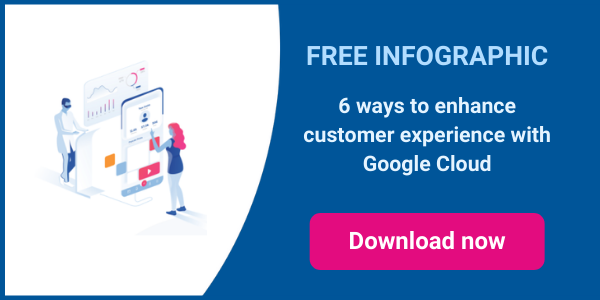Millennials – those born between 1981 and 1996 – have now taken over as the largest segment of the working population, with their spending power expected to increase substantially over the next few years. Hot on their heels are their successors, Gen Z, who are just starting to reach adulthood.
Millennials are reshaping the retail sector
Millennials are reshaping the retail sector – and we can expect further changes as Gen Z grows up. How can retailers use innovation to attract more millennials?
Of course, evolution in retail is nothing new: established and emerging business have always responded to the different values and expectations of each generation. In the past century, we've gone from local greengrocers and butchers to national supermarkets, edge-of-town superstores, international no-frills discounters and online grocery delivery. At each step, factors such as the time we have to go shopping, our tastes in food and how much we have to spend have all played a part in shaping the retail landscape.
How do their attitudes and values compare with earlier generations?
Millennials and Gen Z each represent another step change in values and attitudes compared with earlier generations:
- They're digital natives, growing up with the internet, mobile computing and social media all around them. Technology is integral to their lives and it's no surprise that the internet continues to grow steadily as a retail distribution channel, rising from 2% of total retail sales in 2000 to more than 10% now, as well as a source of entertainment.
- They're early adopters of new technologies, pushing technology forward rather than simply assimilating what's offered into their lives. That's particularly true of Gen Z.
- They're more outward-looking, not just aiming to balance work and family life but looking to spend time on community service and self-development, with a stronger ethical focus to their spending.
- "Dual screening"—watching TV while chatting on a mobile phone, for example—is common among Millennials. Gen Z's attention is likely to be even more divided, using up to 5 screens at once, according to the research.
- Finally, there's a shift toward communicating through images and video rather than text, with social media tools like Snapchat, Instagram and Pinterest all growing rapidly. Image-heavy tools, especially Pinterest, are becoming a key platform for customers to research and shop for products. Check out our guide to using geofencing for marketing in retail.
All of this means established and new retailers must look at how to incorporate and exploit new business models to succeed with Millennials and Gen Z. Technology will also play its part as we explain in our post: how emerging technologies are also reshaping retailing.
Working with a Google Cloud Platform Premier Partner
As a leading Google Cloud Service Partner, we have considerable experience with Google Cloud Platform, both assisting clients to future proof their business with cloud infrastructure.
Cloud adoption is not just about agility and cost optimisation — it’s about building the very foundations you need to continuously innovate and stay ahead. A cloud-first architecture using Google Cloud Platform not only modernises your infrastructure but unlocks a whole new world of digital freedom and opportunity.
Our onboarding methodology will help you realise value in weeks, not months so you can save costs and increase agility.
If you’d like to find out more about how we can help you, why not take a look at some of our customer success stories or talk to the experts in our Google Cloud Platform team.

